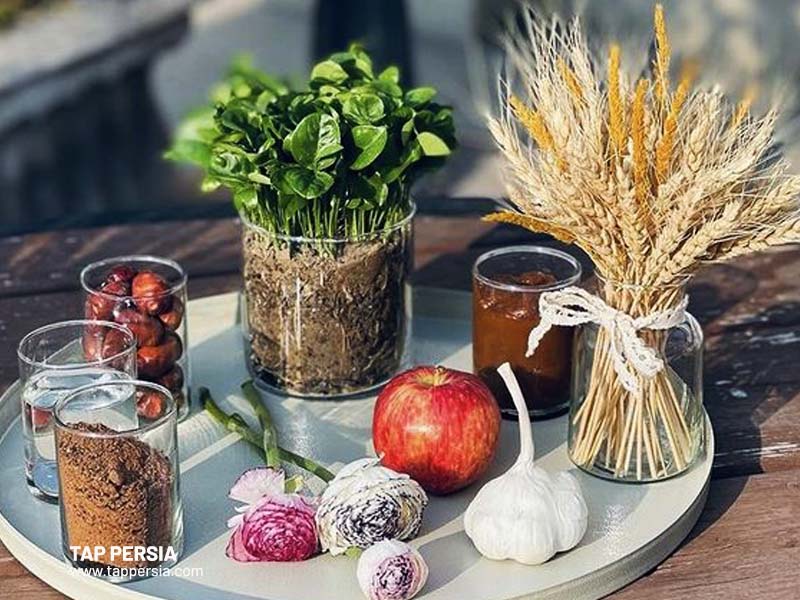
One of the richest cultures in the world, Persian culture has also had a profound influence on a great number of other civilizations. Iran is sometimes said to as the birthplace of civilization, and it continues to have an influence on various cultures and customs today. Nowruz, which has been observed for more than three thousand years, is one of the most lovely traditions. The Iranian new year, known as Nowruz, which begins on the first day of spring, usually on March 21, is named after the word “New Day” in Persian.
Iranians observe a variety of traditions and ceremonies to commemorate such a wonderful day. Every single one of them alludes to a distinct and vital component of Persian culture and has a unique significance. We’ll look at Haft Sin, one of Nowruz’s most lovely customs, and its underlying meaning in this post.
What is Haft Sin(7 seen) and Why is it Important?
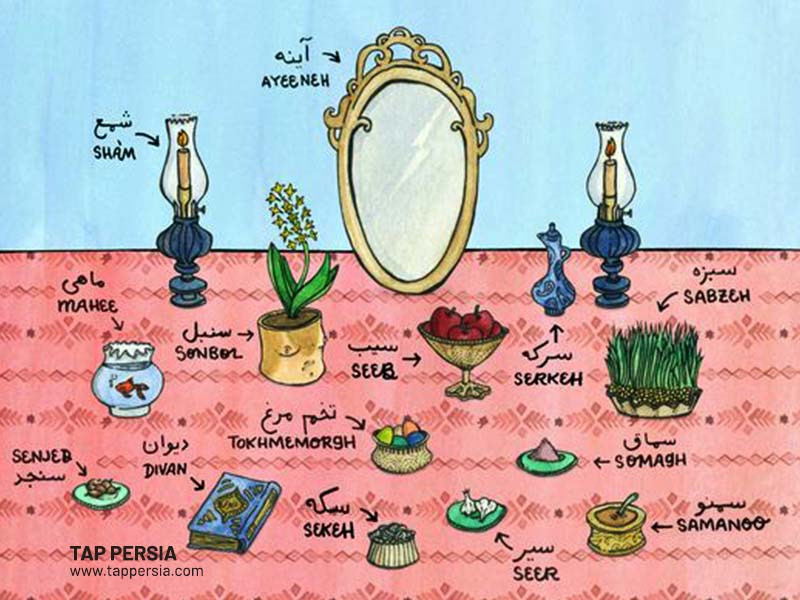
One of the most well-known traditions celebrated at the start of the new solar year is “haft sin”. Items that begin with the letter (S), such as apples, garlic, coins, and so on, are organized on the Sofre Haft-Sin. Haft Sin has been connected to the word “haft chin,” which denotes seven picks, in certain root searches.
Seven was regarded as a sacred number in the Sasanian faith, and at this time, individuals planted seven seeds on seven distinct pillars. It is interesting to note that, besides the Sins, most people decorate the Sofre Haft Sin with mirrors, candlesticks, the Quran, a water tank, goldfish, sweets, etc.
Iranians offer Haft Sin for either the twelve sacred tower numbers or the number seven Amshaspand. For the first day of spring, they placed items like greenery and water signifying growth and light, milk signifying rebirth, resurrection, and rebirth, a fire pit signifying the sustainability of heat and light, a mirror signifying purity and transparency, a freshly struck coin symbolizing possession and blessing, an egg signifying race and sperm, an oleaster signifying endearment and fertility and birth, an apple signifying the mystery of love, a pomegranate signifying sanctity, an orange representing the Earth sphere, a specific Esfand flower signifying Amshaspand Sepandarms on their tables and a fish signifying the end of the Esfand month.
In addition to the Holy Book, other items in the Sofreh Haft Sin were bread baked from seven grains, cheese, sugar, dates, rose water, olives, branches from the holy pomegranate tree, willow, and figs in bunches of seven, twelve, or three.
According to legend, the Haft Shin table was used by Persians before being given a new name. The Haft Shin table’s components were candles (Sham), wine (Sharab), nectar (Shahd), syrup (Sharbat), sweets (Shirini), boxwood (Shamshad), and anemones (Shaqayegh) or plant branches (Shakh-e-Nabat).
When Haft Shin first gained popularity among Iranians during the Sassanid era, Shamshad was set out on the table alongside the other Shins on Nowruz as a representation of longevity and greenness.
Persians used to prepare the “Seven Candles” table during the Sassanid era and before the advent of Islam, which contained wine, candles, sharbat, boxwood, nectar, and anemones. The Persian alphabet “Shin” changed into “Sin” when Islam was introduced to Iran and their “wine” was declared to be unlawful. At this point, its twin, vinegar, was put on the table.
The Seven Symbols of Haft Sin: Meaning and Significance
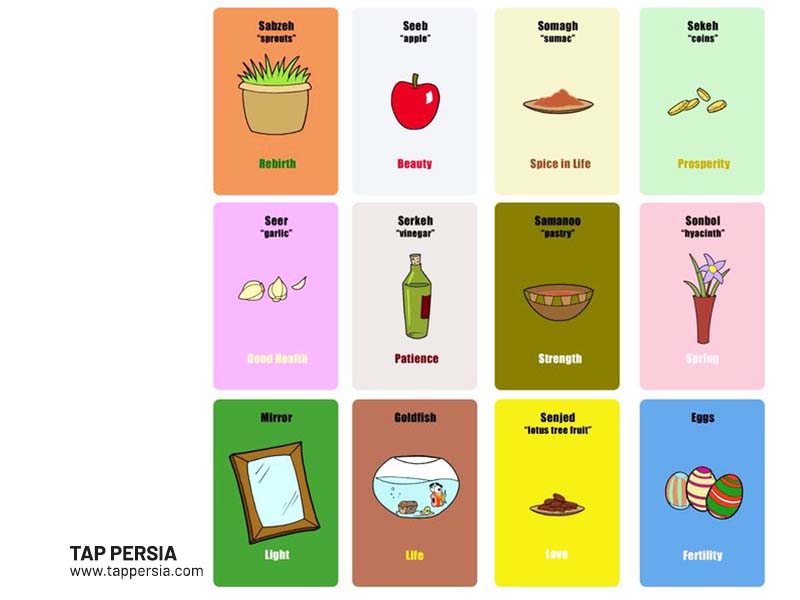
Every object in 7 Sin is a representation of wealth, fertility, abundance, and other positive traits. The common objects and their symbolic meanings in Haft Sin are as follows:
1.Sabzeh (Grass)
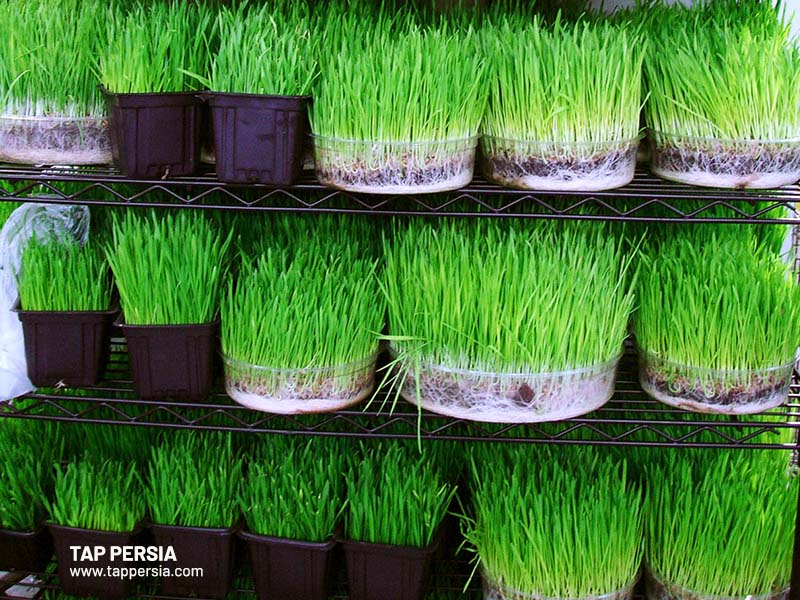
In Haft Seen, it is a necessary component and a representation of vegetation, nature, and excitement. In addition, some people assert that it is also a sign of love.
2.Sir (Garlic)
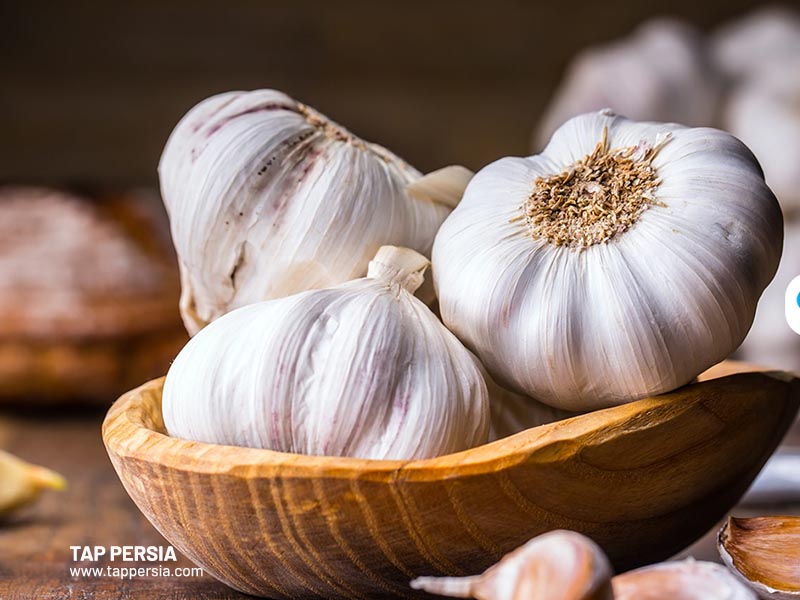
Some individuals view Sumac, for example, as a stimulating sign. Some think it is a symbol of contentment and a warning not to violate others’ rights. It serves as a symbol for disinfection in Zoroastrian literature as well.
3.Somaq (Sumac)
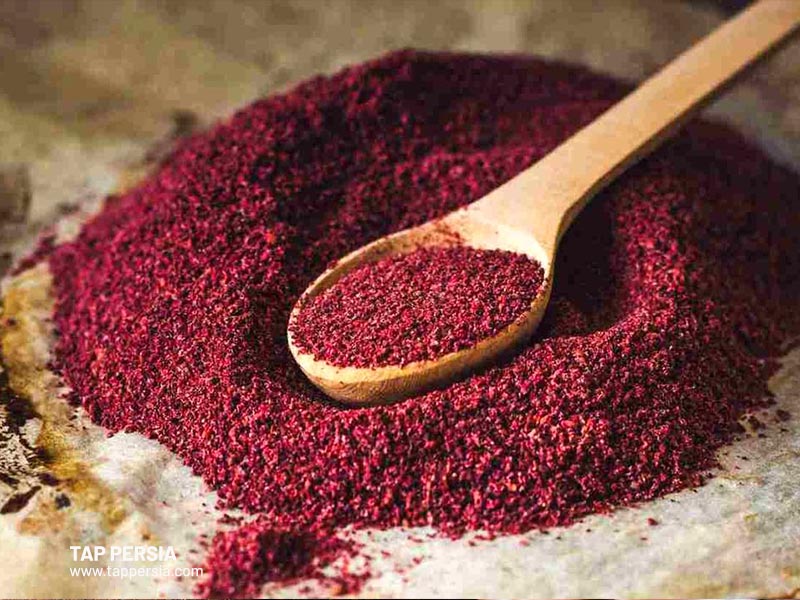
Sumac serves as a metaphor for tolerance and patience. Sumac is a flavor, so it stands to reason that it is also a metaphor for life stimulation.
4.Sib (Apple)
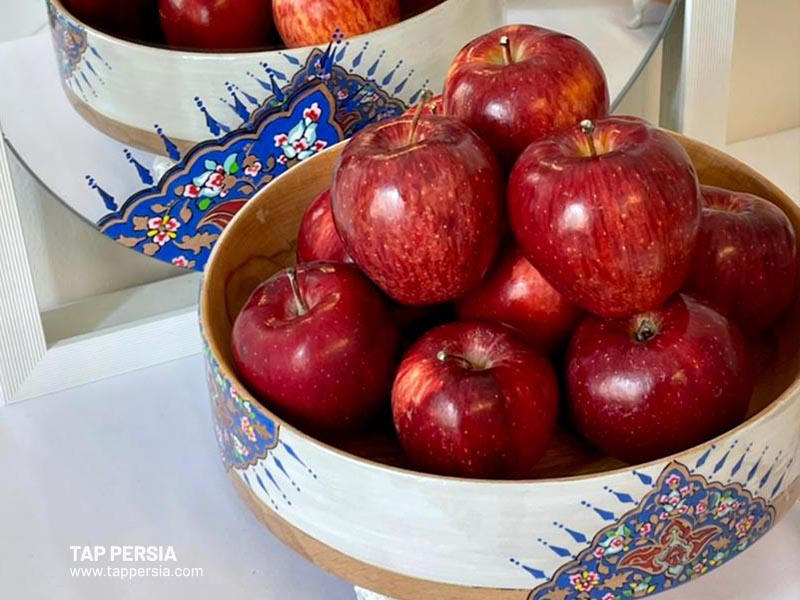
Almost all Iranian homes that Haft Sin has observed have this highly frequent item. According to a popular Persian proverb, “If someone ate an apple in a day, he would never need a doctor!”, its principal symbolic term is “Health.”
5.Senjed (Sea-buckthorn)
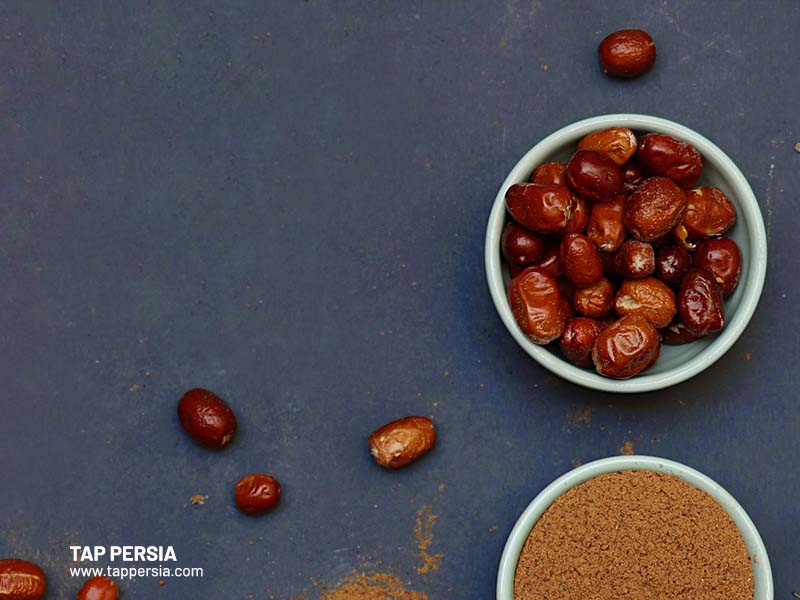
An unbreakable object that represents knowledge and regeneration. Senjed is regarded as a symbol of wisdom in Haft-Seen because it was used in traditional medicines to energize the mind and memory.
6.Serkeh (Vinegar)
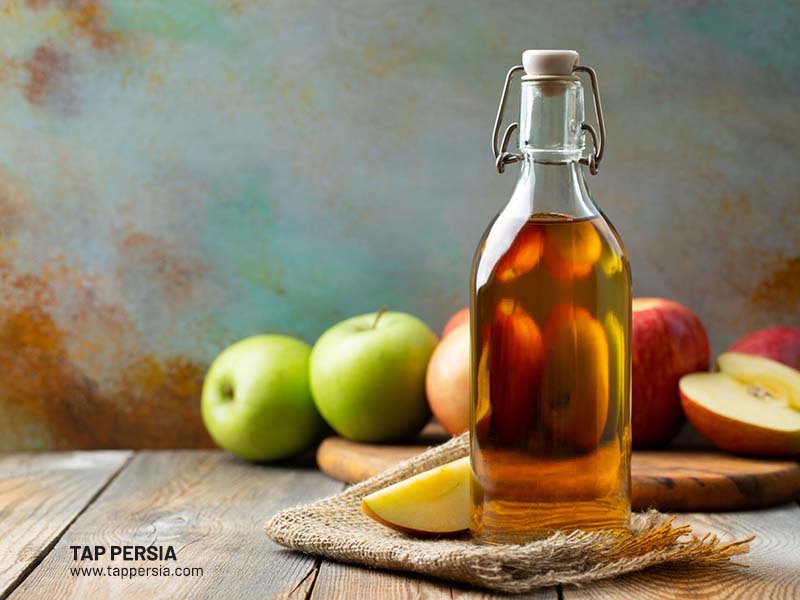
An unbreakable thing that represents Disinfection. Some people think it’s a symbol of satisfaction and surrender as well. As some interpret its symbolism to signify tension, tear, etc., vinegar is often used to analogize these things in Persian literature.
7.Samanu (or Samanak, Samalak in Tajik, or Sumalak in Uzbek)
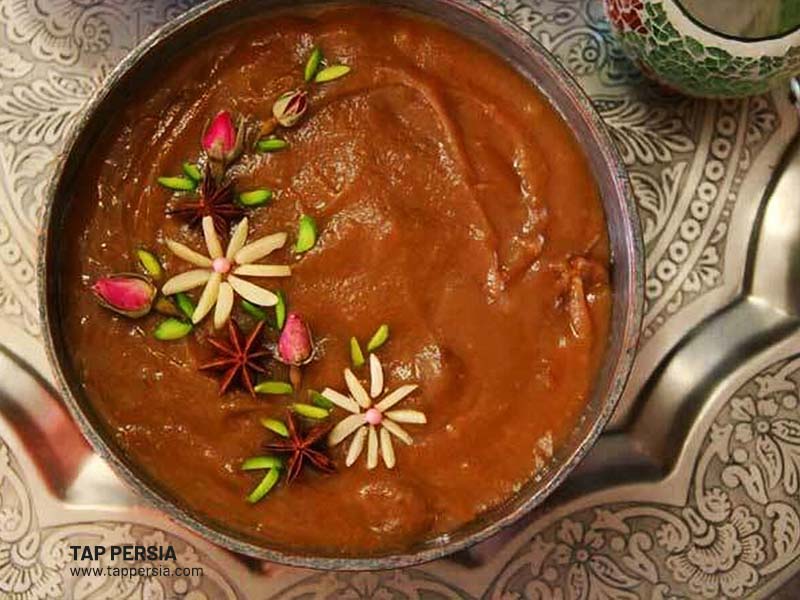
It has roots in a pre-Islamic Persian kingdom and is a delicious paste produced from germinated wheat that is prepared especially for Nowruz. In actuality, it stands for strength and bravery.
8.Sonbol (Hyacinth)
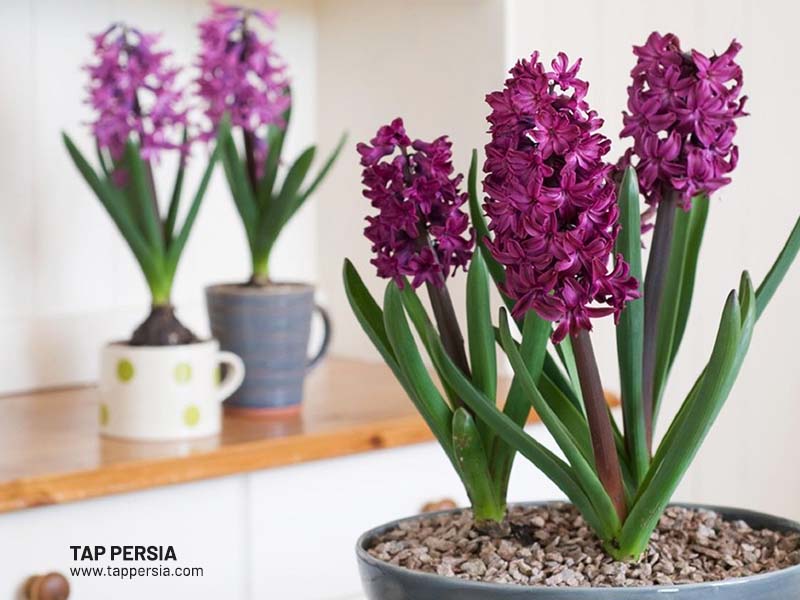
the representation of the lovely flora and the coming of spring.
9.Sekeh (Coin)
A sign of wealth and success.
10.Ayyeneh (Mirror)
It is a frequent “non-Seen” object in Haft Sins and a representation of lighting.
11.Mahi (Goldfish)
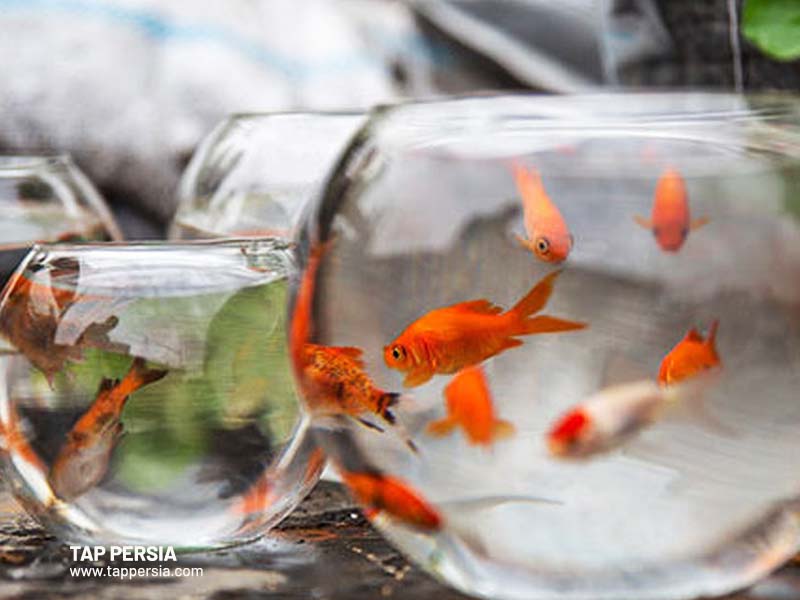
It represents Pisces, commonly known as the Fish sign, which was significant in the ancient Iranian calendar. Iranians decorate Haft-Seen with goldfish to signify that the new year begins this month. Nowadays, it also serves as a symbol for things like blessings, victory, and elation.
12.Quran/Hafez
The Holy Quran or Hafez’s poetry collection, or even both, are the first items Iranians place on the table while preparing the Haft Sin table. They placed the Quran on their Haft-seen table to begin the New Year with faith in and an appeal to The Almighty when Islam arrived in Iran and Persians converted to Islam. A homage to the reverent literature of Iranian culture may also be found in The Divane Hafez, which is Hafez’s collection of well-known poetry.
Haft Sin Preparation: How to Set up Your Haft Sin Table
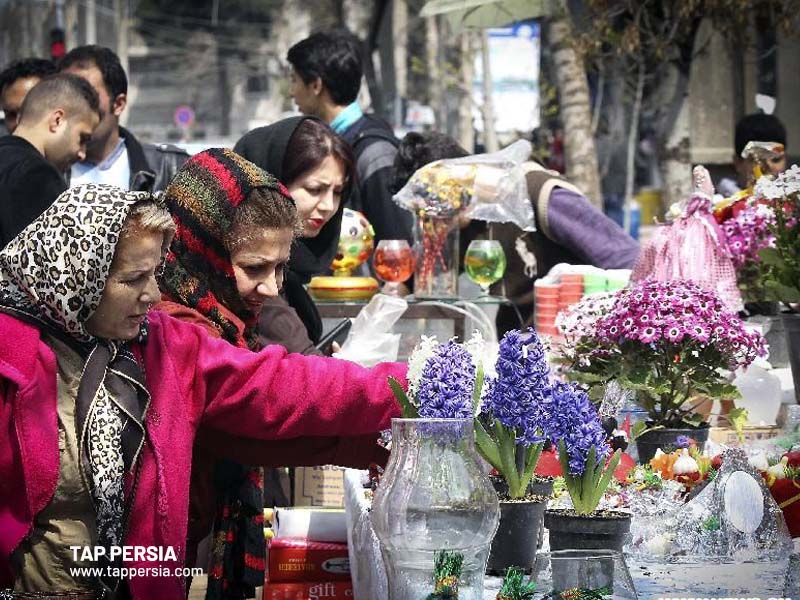
Haft Sin is a group of seven objects beginning with the letter S that are put on a tablecloth that was historically laid out on the floor but is now occasionally placed on the table. If the thought of as the façade of Nowruz, it is not far from reality. Choose any tablecloth model you like, or seek for one made of a different material. Using Iranian handicrafts is preferable since Haft Sin is one of the Iranian traditions. The greatest option is a tablecloth made of tea.
The day before Nowruz, the table is arranged, and family members congregate around it a few hours or several minutes before the moment of the March equinox, anticipating the “cannon shot” of changing the year.
What are the 7 items for Nowruz?
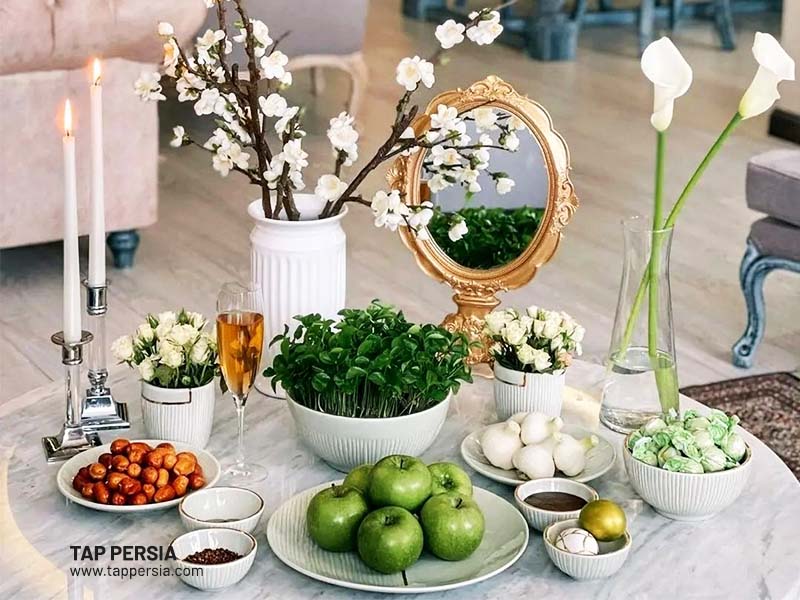
The 7 essential items are:
- Sabzeh – Sprouts of lentils or wheatgrass cultivated in a plate.
- Samanu – Wheat germ is used to make a delicious pudding.
- Senjed – Dried oleaster
- Sir – garlic.
- Sib – apple.
- Sumac – a crushed spice.
- Serkeh – vinegar.
What haft sin means?
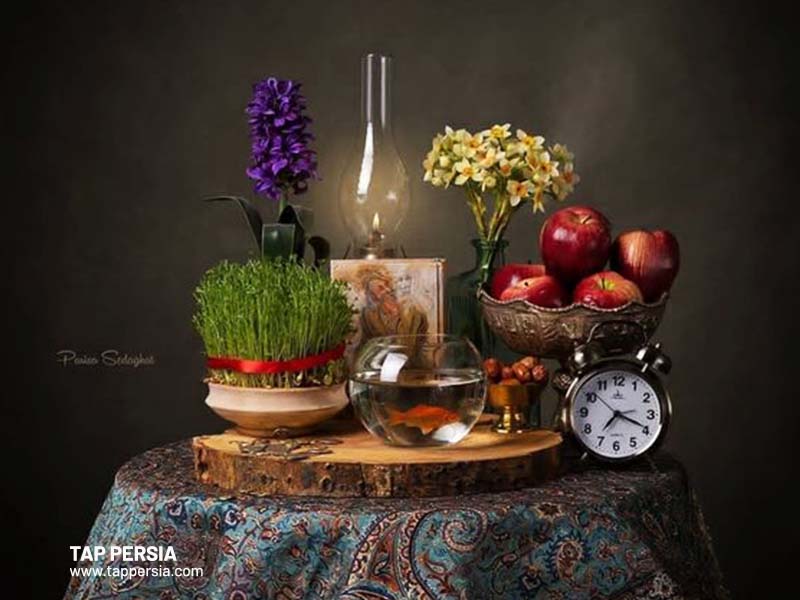
The word “Haft Sin” refers to a grouping of seven symbolic objects whose names begin with the 15th letter of the Persian alphabet which is pronounced as “sin”. “Haft”, which is Persian for “seven,” is used as the first letter of their names.




Thank You. Very Informative
happy nowruz